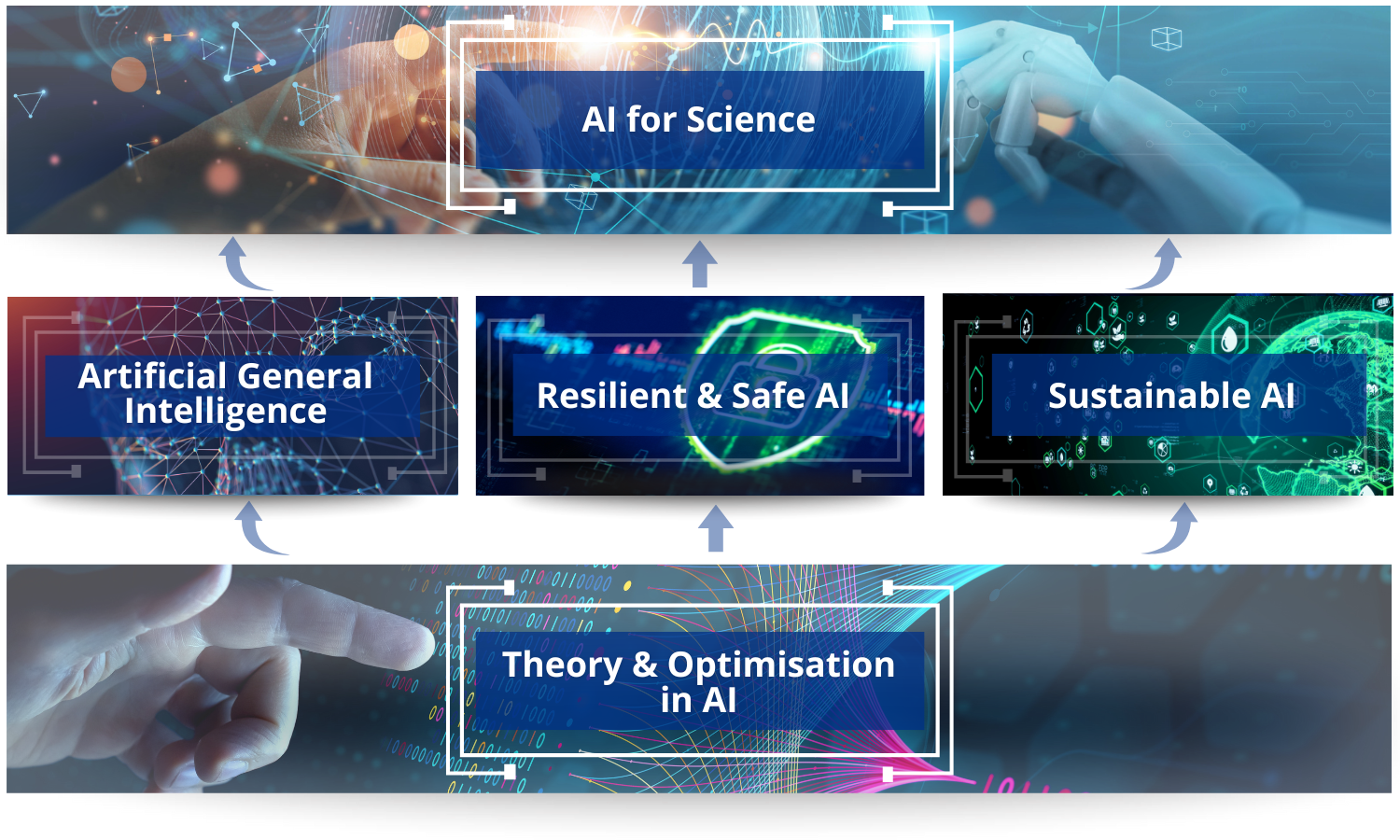Research Pillars
A*STAR CFAR is centred upon five key research pillars, namely:
- AI for Science: Harness AI to address and solve complex scientific challenges.
- Artificial General Intelligence: Investigate the development of general-purpose AI systems capable of solving any complex unseen problem.
- Resilient and Safe AI: Focus on developing robust and secure AI technologies to ensure safety and reliability.
- Sustainable AI: Commit to minimising the environmental impact of AI technologies.
- Theory and Optimisation in AI: Advance the theoretical foundations and improve the efficiency of AI algorithms.
These pillars reflect A*STAR CFAR's commitment to driving innovation in AI across diverse sectors and pushing the boundaries of AI for impactful applications.
 |
A*STAR celebrates International Women's Day

From groundbreaking discoveries to cutting-edge research, our researchers are empowering the next generation of female science, technology, engineering and mathematics (STEM) leaders.
Get inspired by our #WomeninSTEM
.png?sfvrsn=d3a97fa3_12)